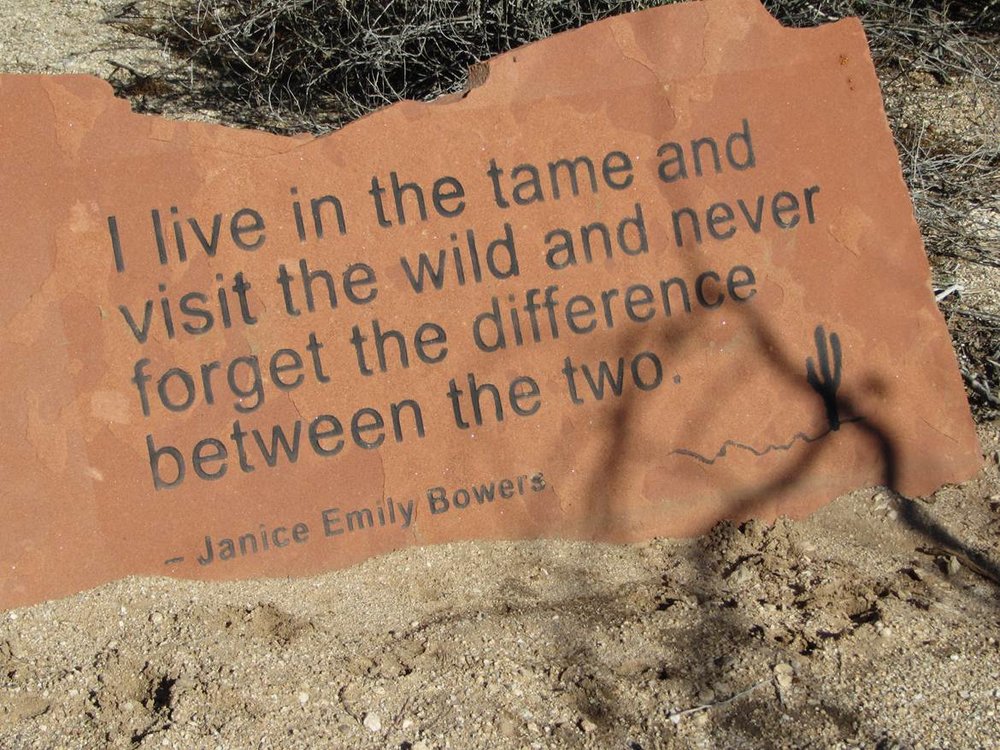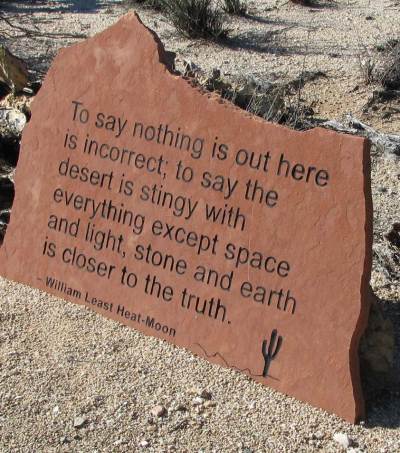Quote of the Day - 1/30/2012
/Absolute certainty is an intense and impossible demand that our emotions make on our intellect. - Stephen T. Asma in Stuffed Animals and Pickled Heads : The Culture and Evolution of Natural History Museums
~~~~~
As we become more knowledgeable in an area, we realize that absolute certainty is quite elusive. When we feel strongly about that certainty, it becomes faith and additional knowledge ceases to be so important. We discount whatever ambiguity might exist and simply accept.
In those areas that we aren’t so emotional about, we can retain our knowledge-seeking mode for a longer time but even then we want things to stay simple. Assumptions are made and we move on. This has to be done to keep us from getting bogged down in the trivial; the assumptions enable us to make a decision and take action; it is ‘good enough.’ Later, we might remember the assumptions…or we may treat it is an absolute certainty.
The challenge comes when our absolute certainty collides with some new piece of information that is counter to our faith or assumptions. In the case of a collision that involves faith - the emotional element becomes extreme. For an assumption, the result could be an intense period of objective exploration of assumptions or result in emotional arguing against the new information.
It is healthy that our emotions push us toward certainty; it is even healthier to realize that increasing, rather than absolute, certainty is what drives us to discovery.
How can you leverage your emotions to drive your intellect toward increasing certainty in an important area of your life? Remember that the intellect may have to drive actions that feedback more information to result in increased certainty.































